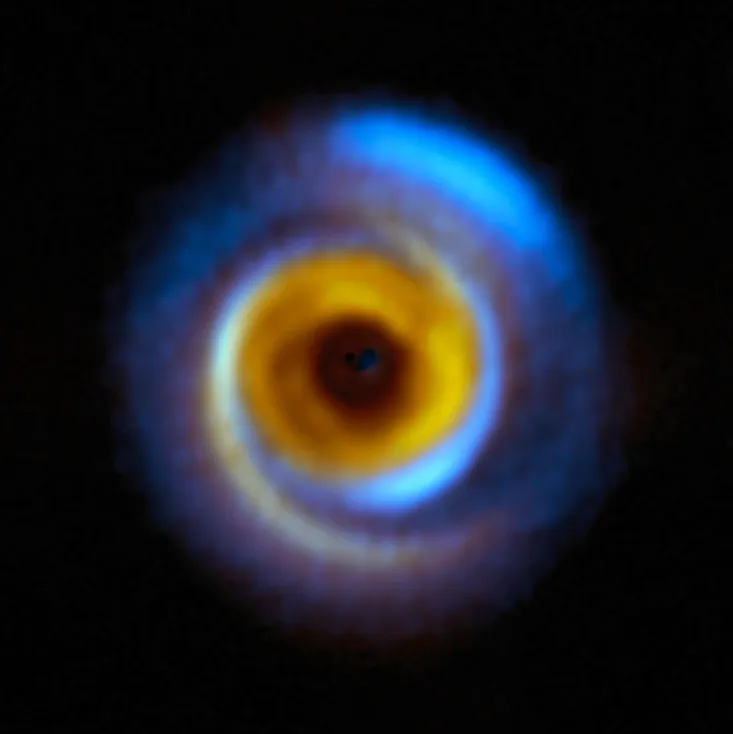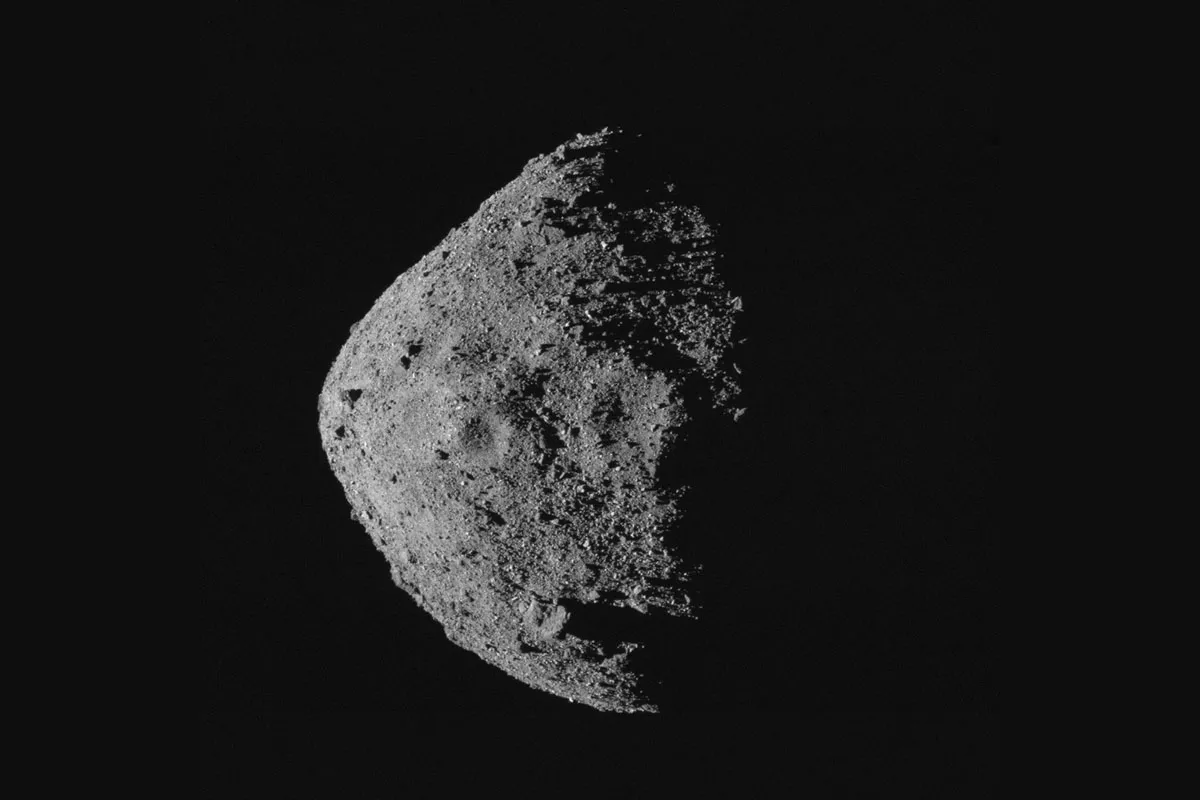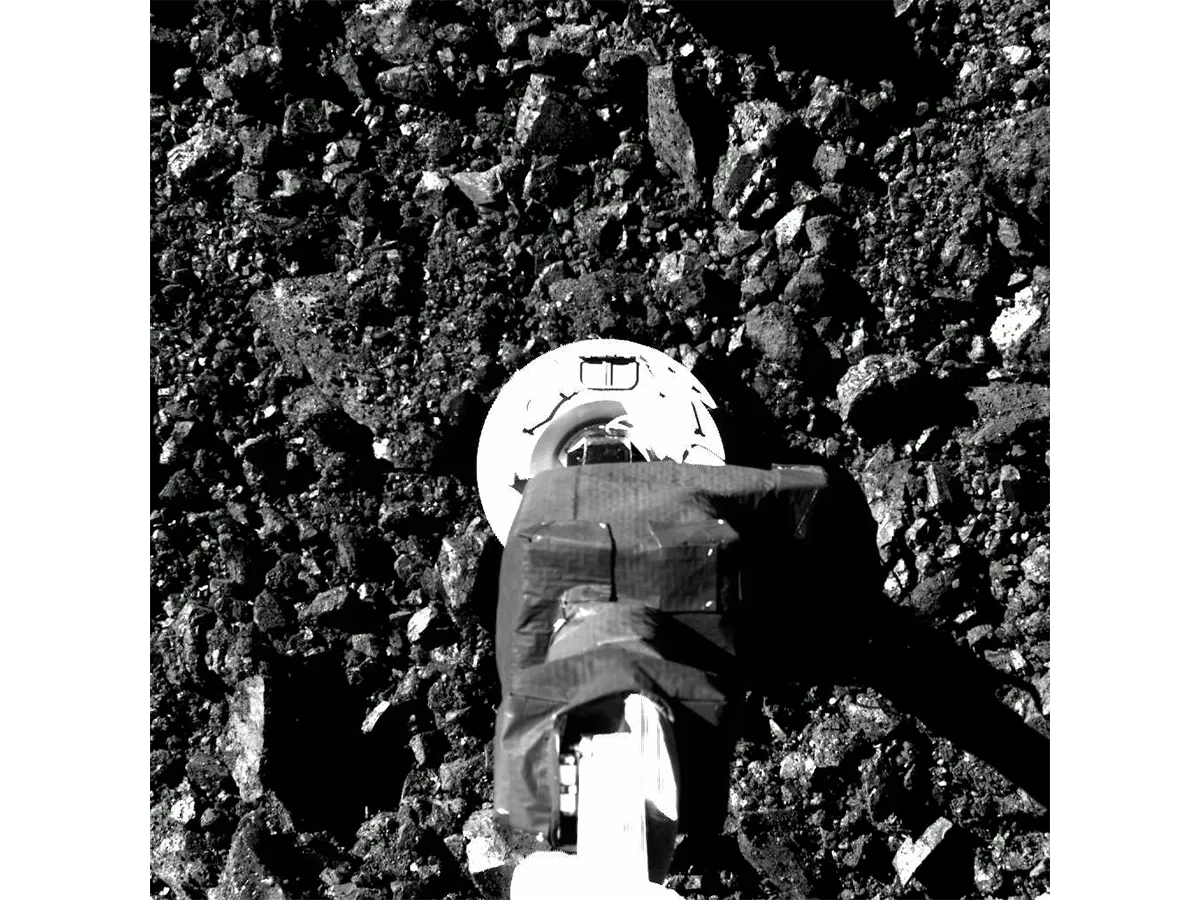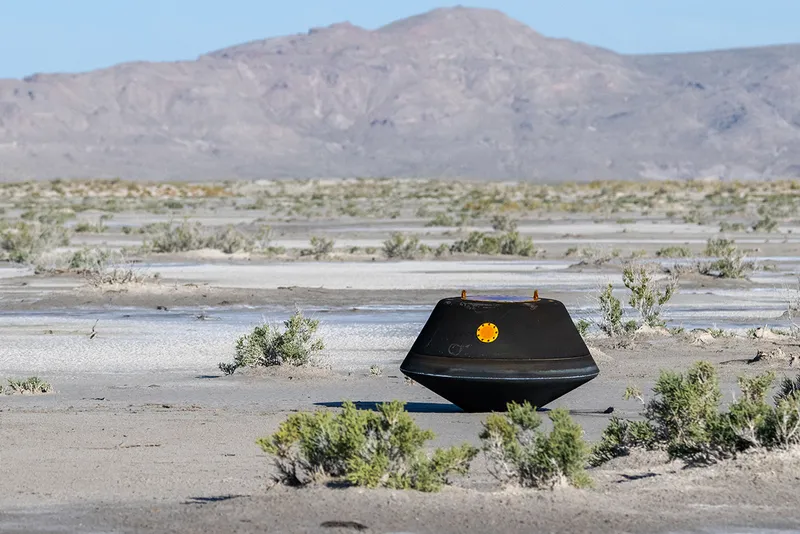The formation of the Solar System was a little like making a cake.
A set of ingredients – in this case, a vast cloud of interstellar gas and dust – were mixed together over 4.5 billion years to create the Sun, planets and moons that we see today.
Planetary scientists like me aim to reconstruct that recipe, from the ingredients of the first solid materials in the protoplanetary disc, through to the evolution of habitable environments like the one we find on Earth.
Read our interview with planetary scientist Sara Russell on her Bennu analysis

Why I study asteroids
I investigate the origin of the Solar System using asteroids, the rocky and metallic leftover building blocks of planets.
I’m particularly interested in asteroids that formed in the cold, outer disc, as they retain the primitive composition of the Solar System and accreted complex ices that reacted with the rocky materials within their interiors.
One such asteroid, 101955 Bennu, is now on a near-Earth orbit and was recently visited by NASA’s OSIRIS-REx mission.
Bennu was selected as the mission target because it holds vital clues about our past, as its dark surface suggests a composition rich in hydrated minerals and carbon, including potentially organic molecules that may have been the precursors to life on Earth.

OSIRIS-REx collects its sample
The primary aim of OSIRIS-REx was to collect a sample of Bennu and return it to Earth.
I held my breath as the spacecraft made a daring sample grab using the Touch-and-Go Sample Acquisition Mechanism (TAGSAM) in October 2020.
Samples returned from known planetary bodies are a crucial tool in our efforts to understand the Solar System.

Unlike most of the 70,000 or so meteorites in our collections, returned samples have geological context – we know which body they come from and where and when they were collected.
They’re also preserved in a pristine state, unmodified by the terrestrial environment.
Our laboratories on Earth offer a level of analysis that often can’t be matched by any instrument on a spacecraft, while sophisticated curation enables samples to be analysed for many decades after the mission has ended.

Delivering the sample
The OSIRIS-REx spacecraft delivered its precious cargo to the Utah desert on 24 September 2023.
The Sample Return Capsule (SRC) was retrieved from the desert and quickly transferred to a specially designed curation facility at Johnson Space Center (JSC) in Houston, Texas.

As a member of the small Quick Look team tasked with carrying out the very first analyses of the samples, I was incredibly lucky to be at JSC.
I celebrated along with the rest of the team – many of whom had been waiting nearly 20 years for this moment – as the lid of the SRC was lifted to reveal a coating of fine, black dust on the outside of the TAGSAM.

About a teaspoonful of the dust, which was expected following the disturbance of Bennu’s surface during the sample collection, was handed over to the Quick Look team, who got to work characterising its composition using beams of electrons and, my favourite, X-rays.
We presented the first results from the Quick Look at the Lunar and Planetary Science Conference in Houston, showing that Bennu samples consist of abundant hydrated silicates (imagine something like clay), carbonate minerals (similar to limescale in a kettle) and biologically relevant elements such as carbon, nitrogen, phosphorus and sulphur.

Our initial findings are in good agreement with observations of the asteroid by the OSIRIS-REx spacecraft, and support the hypothesis that Bennu formed in the outer Solar System and records reactions between water and rock.
However, analysis has only really just begun, with 121.6g (4.3 oz) of material retrieved from inside the TAGSAM, samples are now being sent to more than 200 scientists across the world, aiming to reveal the secrets of the Solar System.
This article appeared in the May 2024 issue of BBC Sky at Night Magazine
